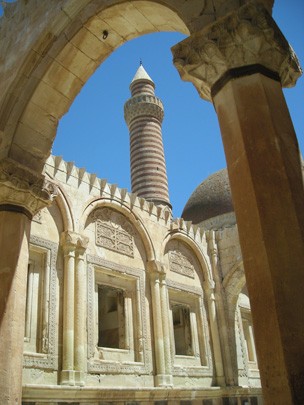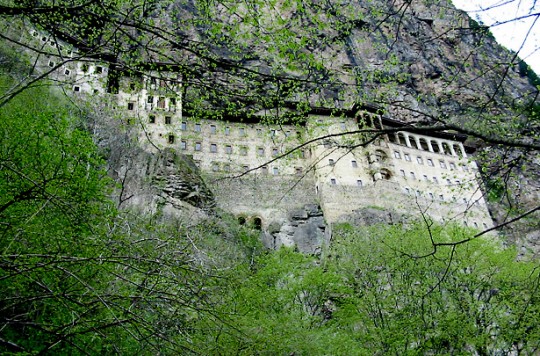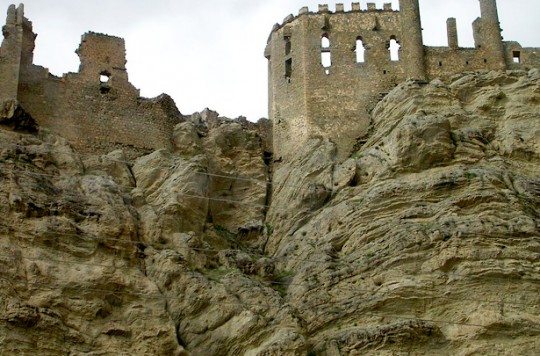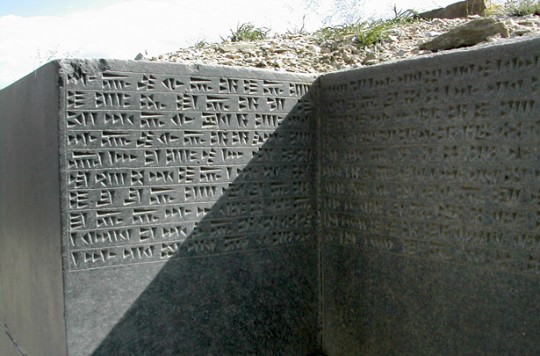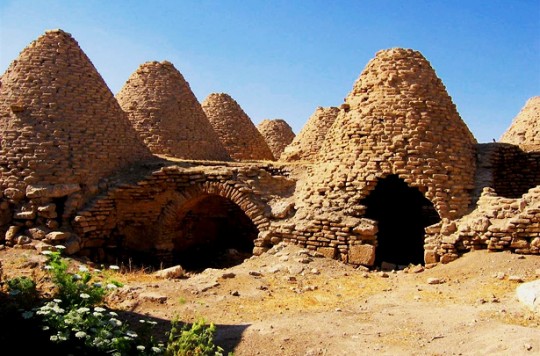BLACK SEA & EAST
A gift from mother nature…
Nestled up to mother nature, the Black Sea plateaus are filled with shades of green, seas of clouds, breathtaking lakes, snow covered passes and peaks that stretch the limits of human imagination.
Escape to another dimension by journeying to the plateaus of the eastern Black Sea that is the Turkey’s rainiest region. Every shade of green and the best nuts and the tea are to be found here. In Eastern Black Sea region people welcome spring in the highlands, from which they take their departure with the arrival of autumn to spend winter in their villages. And you must not be surprised to see elder people jumping between the rocks with the agility of a goat. Sad to see that the traditional plateau way of life fading out as the youngsters usually does not prefer to go up.
Because of its geographical peculiarities and turbulent history, a somewhat different and interesting culture has emerged in the Black Sea region. The animated energy of the inhabitants is reflected in the rhythm of the music and the playful movements of their dances.
Human settlement in region dates back to 12th century BC. It has changed hands frequently, with the Greeks of Pontus, the Romans, the Turkish tribes and the Mongols all competing to take control of the area and actually ruling it for some time in turn. After the conquest of Istanbul in 1453, the region was gradually absorbed by the Ottomans. All these cultures have left their mark on the shores of the Black Sea and reflected in the lifestyle and traditions of the inhabitants.
The once vast Byzantine Empire ended its days in the then-small Black Sea city of Trabzon, a space less than a thousandth of the Empire’s original size. In the beautiful mountains which rise abruptly from the sea here is perhaps the greatest single Christian site in all of Anatolia, the Monastery of Sumela a ruin of epic proportions in a breathtaking setting. From the valley, the monastery gives the impression of levitating between the earth and the sky.
According to legend, Sumela was founded by two Athenian monks who had a vision of the Virgin Mary in which she asked them to build a monastery in an isolated valley in the mountains, now reachable by car.
In Eastern part, Turkey has borders with Georgia, Armenia, Nahjivan and Iran.
Some of the oldest and most remarkable civilizations that history has recorded were founded in Eastern Anatolia, a rugged area covered by high mountains and plateaus.
The altitude in this part of Turkey starts at 1,600 meters, reaching 5,165 meters on the peak of Mount Ağrı (Ararat). Not surprisingly, the people living here are aware of the dominant position they occupy; they call it “the roof of the world”.
Where the legendary ark of Noah is believed to have been stranded the Flood, is near to the Iran border of Turkey. In such high and rugged lands, the winters are long and cold. But nature, while inflicting hardship on men with its severe climate, also endowed them generously with rich resources.
City of Kars is a crossroad for many cultures starting from antiquity, was occupied by Hurries, Urartians, Persians, Bagratians, Seljuks, Mongolians, Georgians and some others. And destroyed and reconstructed many times. In 16th century became an Ottoman city. End of 19th century Russia captured Kars for nearly 40 years. During Russian period the city was reconstructed in Baltic architectural style and Kars is the first planned city of Turkey.
Cambodia has its Angkor Wat, Mexico its Chichen Itza, Egypt its Thebes… ANI flush on the Armenian border is Turkey’s candidate for one of the most thrilling and evocative deserted cities on our planet. That ruined and uninhabited medieval city-site was the capital of a medieval Armenian kingdom in the 10th century. The foundation date is estimated to be in BC 350 - 300 years. Called the "City of 1001 Churches", it stood on various trade routes and its many religious buildings, palaces, and fortifications were amongst the most technically and artistically advanced structures in the world.
At the beginning of the first millennium BC, the Urartus created a unified state whose territory extended from the Caucasus to Lake Urmiya, with its capital in the present city of Van. The Urartus were masters in hydraulic works and skilled in irrigation, drainage and the construction of canals and artificial lakes. They were also known for their horse breeding and formidable cavalry. Some of the canals built by the Urartus are still used in the city of Van.
Less known area of Turkey waits to be explored…
Black Sea Timelapse | A week in Turkey
Video Source: GO TURKEY


